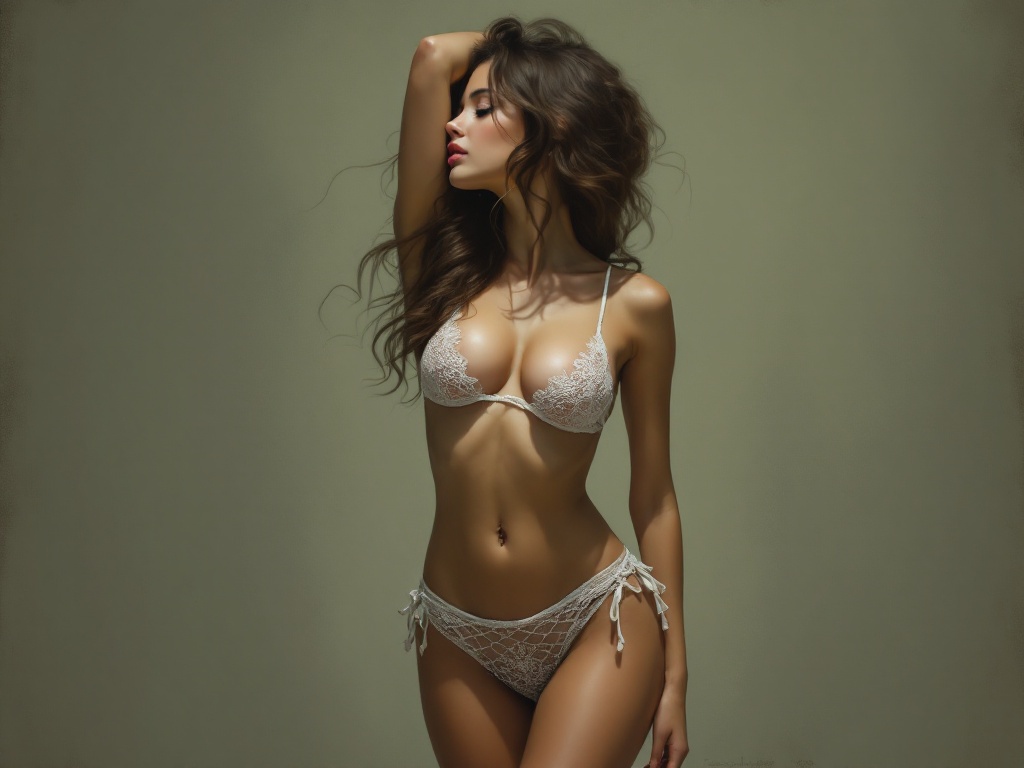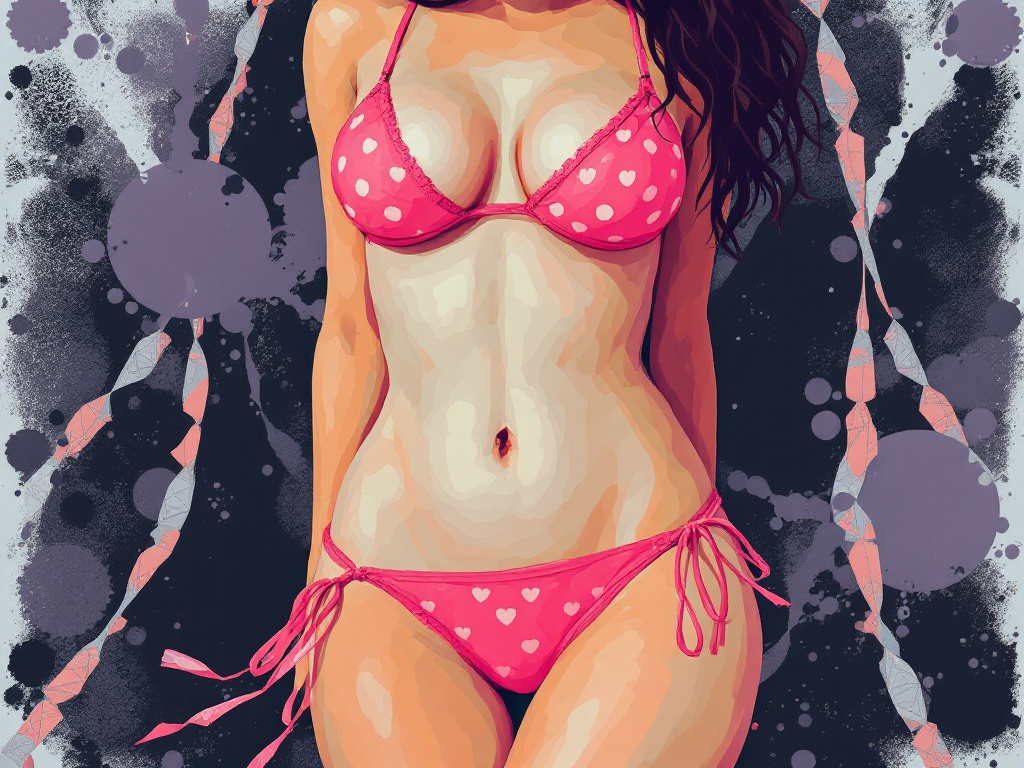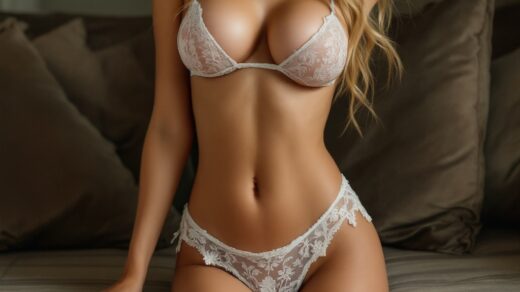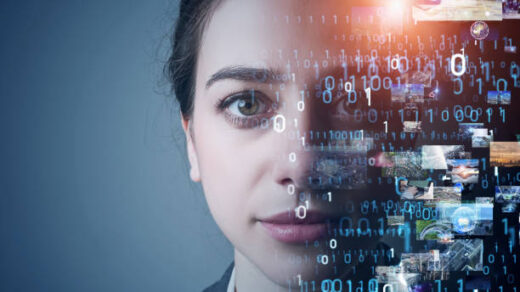The world of photography has witnessed unprecedented changes through the incorporation of artificial intelligence, particularly in specialized niches such as erotic photography. Artists and professionals in this space are now armed with powerful AI algorithms that allow them to experiment with imagery in ways previously thought impossible. These cutting-edge technologies can simulate realistic body forms, enhance textures, and even adjust lighting dynamically to create compelling visuals. As these tools are becoming more accessible, the line between art and technology is blurring, prompting creators to rethink their approach and redefine boundaries. Not only do these advancements offer practical solutions to technical challenges, but they also provoke discussions around ethics, creativity, and expression in intimate visual narratives. In this article, we will delve into these modern AI algorithms and explore their impact on the realm of erotic photography.
Understanding AI Algorithms in Photography

AI algorithms revolutionize photography by employing vast data analysis to create images rich in detail and realism. For erotic photography, this means not just simulating body features accurately, but also evoking emotional responses through visual storytelling. Different algorithms play distinct roles, with some focusing on image creation while others enhance existing photographs. The beauty of AI lies in its ability to learn from various inputs, continually refining and perfecting the output. With the right set of algorithms, a digital artist can create images that are both stunning and thought-provoking. They can merge fantasy with realism, leading to a new genre of erotic art, one that resonates deeply with viewers.
- Generative Adversarial Networks (GANs): Utilizing two neural networks that compete, these have revolutionized image generation.
- Deep Learning Techniques: These approaches focus on analyzing image layers, improving how light and shadow interact in photographs.
- Image Enhancement Algorithms: They enable edits to enhance clarity, detail, and overall aesthetics in final images.
Key Features of Modern AI Tools

Modern AI tools designed for erotic photography come equipped with features that greatly enhance the creative process. For instance, the ability to synthesize lifelike models allows artists to construct scenes without the need for live subjects. This aspect offers greater flexibility, enabling the exploration of artistic themes without geographical and physical constraints. Moreover, real-time editing features serve to optimize workflow, allowing photographers to make necessary adjustments on the fly. These advancements ensure that creators can focus more on the narrative and aesthetic quality of their work, rather than getting bogged down by technical challenges. This evolution not only fosters creativity but also results in visually striking content that captivates the audience.
The capacity for AI algorithms to generate images has made a significant impact in the realm of erotic photography. By leveraging advanced computational models, these tools can create realistic portrayals of intimate scenarios. The technology is skilled at rendering skin textures, body anatomy, and environmental backdrops seamlessly. This realism can evoke specific emotional responses in viewers, drawing them into the scene. Furthermore, ongoing enhancements in image generation techniques make it possible to create content that is both visually appealing and narratively compelling. The following table summarizes some of the key features that contribute to the effectiveness of AI in image generation:
| Feature | Description |
|---|---|
| Lifelike Models | Creation of hyper-realistic avatars and body forms. |
| Dynamic Posing | Adjustable body positions to capture varied intimate scenarios. |
| Environment Simulation | Ability to change backgrounds and settings realistically. |
Ethical Considerations
With great power comes great responsibility. The use of AI in crafting explicit content brings about crucial ethical considerations that need to be addressed. One must remain vigilant regarding issues of consent and representation, especially given that such images can have profound implications for both the subjects portrayed and the viewers. Artists should prioritize ethical guidelines, ensuring that their work respects the dignity and rights of individuals—both real and fictional. Furthermore, the potential misuse of AI technology poses another significant concern; the creation of harmful or non-consensual content could have damaging consequences on societal perceptions of intimacy and desire. Engaging in open dialogues about these ethical challenges is essential for responsible artistic exploration in this sensitive field.
To uphold ethical standards in erotic photography, consent must be at the forefront of discussion. Artists should never lose sight of the impact their creations can have and strive to portray subjects respectfully and accurately. This responsibility extends to the representation of diverse body types, genders, and sexual orientations; the goal should be to celebrate and empower, rather than objectify or misrepresent. Additionally, the involvement of real subjects should always be based on clear agreements and mutual respect. Establishing a set of ethical guidelines can help artists navigate these complexities.
Conclusion
Advancements in AI algorithms are transforming the landscape of erotic photography, offering unprecedented opportunities for creativity and realism. As these technologies evolve, they bring both excitement and ethical dilemmas—a unique mix that encourages both innovation and critical reflection. For artists, leveraging these tools thoughtfully can lead to remarkable artistic expression that resonates deeply with audiences. However, the responsibility lies in maintaining ethical standards while pushing the boundaries of creativity. The dialogue surrounding these developments is essential not only for the continued growth of the art form but also for its respectful and responsible practice.
Frequently Asked Questions
- What are Generative Adversarial Networks (GANs)? GANs are a type of AI that uses two neural networks to create new images by learning from a dataset.
- Can AI algorithms create entirely new images? Yes, AI can generate completely original images based on trained datasets, often resulting in compelling and realistic visuals.
- What are the ethical concerns about using AI in erotic photography? Ethical concerns include issues of consent, representation, and the potential for misuse of technology to produce harmful content.
- How can photographers ensure ethical practices when using AI? Photographers should follow established guidelines, prioritize consent in their work, and remain mindful of the implications of their creations.


